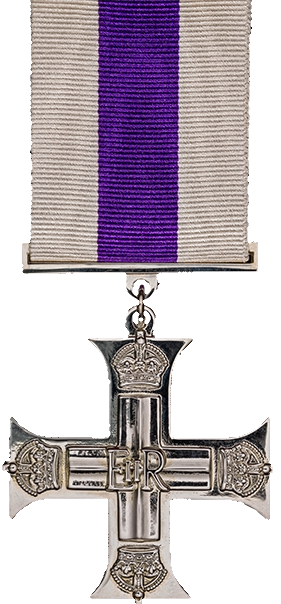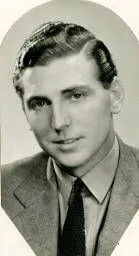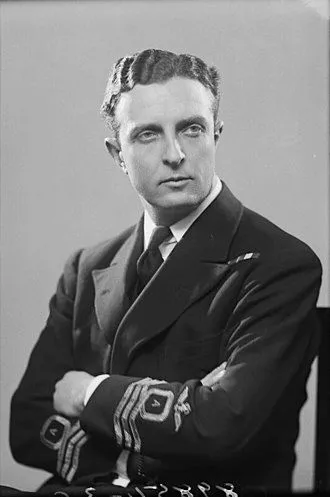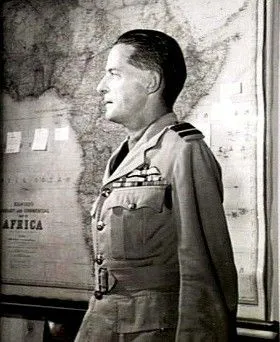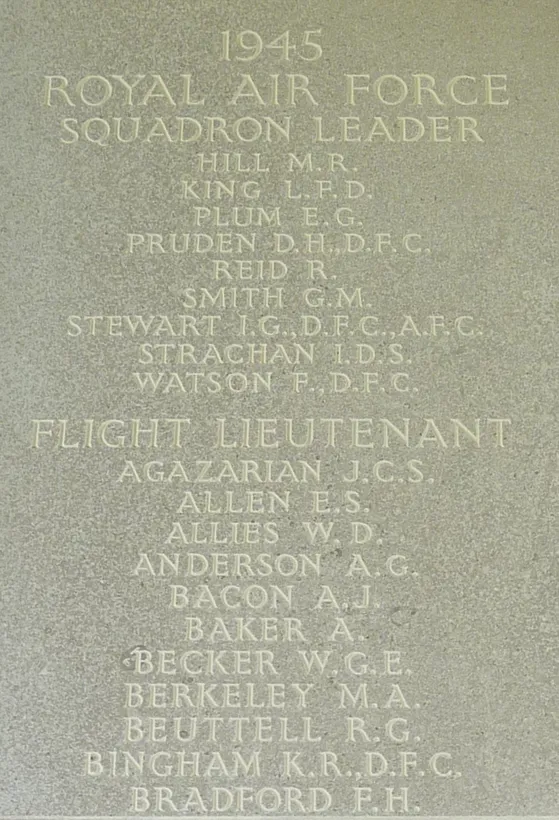Henry Albert Jones CMG MC Croix de Guerre with Palm was a member of the Air Delegation (Washington, DC, USA) and United Kingdom Air Liaison Mission (Ottawa, Canada), the British government's official air historian and author of 31 published works documenting the official story of the war in the air 1914-18, including "War in the Air", the official history of the RFC/RAF in the First World War
Jones, Henry Albert (Civilian)
Killed in Flying Accident 1945-March-27
Service
BAM
Unit
45 Group (RAF)
Base
RCAF Stn. Dorval, Quebec
Rank
Civilian
Position
Passenger
Service Numbers
Crew or Other Personnel
Liberator AL504
Mission
Liberator C. Mk. II AL504
Transport 1945-March-26 to 1945-March-27
45 (T) Group (RAF) RAF Northolt
45 Group, RAF Transport Command, Dorval, Quebec Liberator II (Modified) AL504 named "Commando" lost on a flight from Northolt, England to Canada via the Azores, bringing high ranking officers and dignitaries to the Final Wings Parade, British Commonwealth Air Training Plan (BCATP) in Ottawa, Ontario, Canada
The aircraft left RAF Northolt at 23:00 hours 1945-03-26 for a refueling stopover at Lajes Airfield in the Azores. Last contact with AL 504 was by RAF Prestwick at 7:16 hours on 1945-03-27 and nothing further was heard. Subsequent searches revealed an oil slick, some inflatable dinghies and a small amount of wreckage but no survivors, some 150-200 miles NW of the Azores in the Atlantic Ocean. The cause of the loss could not be determined
Pilot Officer DJ Spence (RCAF), Flight Lieutenant D Buchanan (RCAF), Wing Commander WH Biddell DFC OBE (RAF), Flight Lieutenant AN Brodie (RAF), Flight Lieutenant KG Shea (RAAF), Civilian Radio Officer FW Williams (UK), Civilian Steward VI Bannister (UK), Commander RA Brabner DSO DSC, MP (British Under-Secretary of State for Air), Air Marshal Sir Peter RM Drummond KCB DSO CBE MC MiD (RAF) (Air Member for Training), Squadron Leader EG Plum (RAFVR)(USA)(Liason, British Air Ministry), Civilian Sir John B Abraham KBE CB (British Air Ministry), Civilian HA Jones CMG CG MC (British Air Ministry), Civilian E Robinson (Private Secretary to Commander Brabner and Civilian E Twentyman (British Ministry of Food) were all missing, presumed killed in this flying accident
The missing have no known grave and all are commemorated at various Memorial sites in Canada, the UK and USA
This aircraft had been modified, lengthened, the engines were upgraded and the tail changed to a single large tail fin. It was later famously used as personal transport for British PM Winston Churchill and had often used as a VIP transport for people such a Lord Louis Mountbatten
The Man Who Flew Churchill by Bruce West
Ocean Bridge, The History of RAF Ferry Command by Carl A Christie page 327-8
The Liberator in Royal Air Force and Commonwealth Service by James D Oughton with John Hamlin and Andrew Thomas page 97
![]() [Royal Air Force Serial and Image Database]...
[Royal Air Force Serial and Image Database]...
Liberator serial: AL504
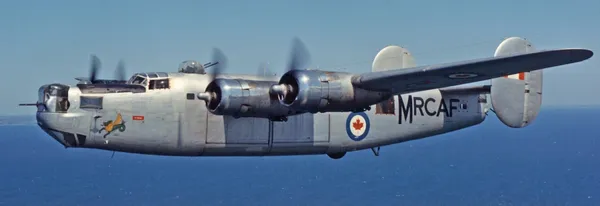
Consolidated Liberator G.R. Mk. VIII, RCAF (Serial No. 11130) ex-USAAF Consolidated (Vultee) B-24L Liberator USAAF (44-50154)
ex-RAF (Serial No. 5009), ex-Indian Air Force (Serial No. HE773).
Currently preserved in the Canada Aviation and Space Museum Ottawa Ontario.
The Consolidated B-24 Liberator was an American heavy bomber flown by the RCAF during the Second Word War. It was designed with a shoulder-mounted, high aspect ratio Davis wing which gave the Liberator a high cruise speed, long range and the ability to carry a heavy bomb load. Early RAF Liberators were the first aircraft to cross the Atlantic Ocean as a matter of routine. In comparison with its contemporaries the B-24 was relatively difficult to fly and had poor low speed performance; it also had a lower ceiling compared with the Boeing B-17 Flying Fortress. Of the roughly 18,500 B-24s built in the USA during the war, 148 were flown by the RCAF on long range anti-submarine patrols, with the B-24 serving an instrumental role in closing the Mid-Atlantic gap in the Battle of the Atlantic. The RCAF also flew a few B-24s post war as transports.
Roughly half of all (RAF) Liberator crews in the China-Burma-India (CBI) Theatre were Canadian by the end of the war. John Muir of Vancouver flew the longest mission of the war: 24hrs, 10mins from Ceylon to Burma and back. (Kyle Hood) Harold Skaarup web page


